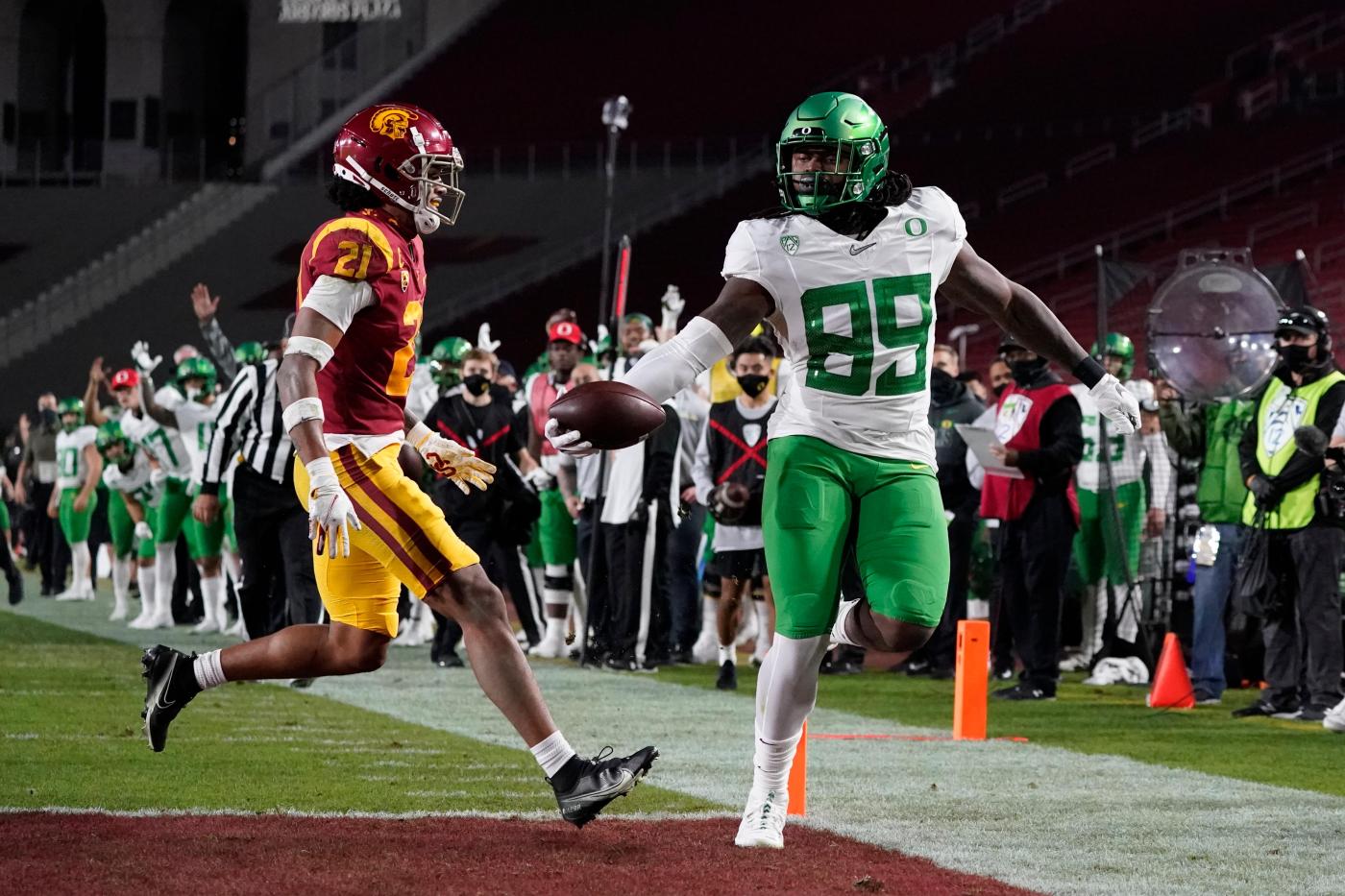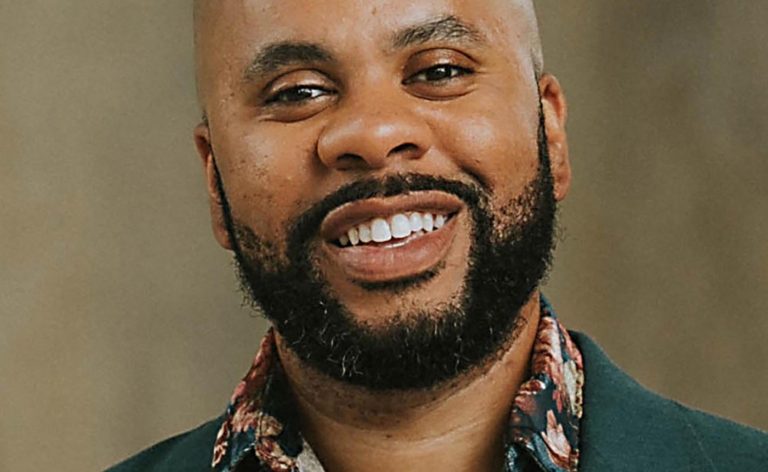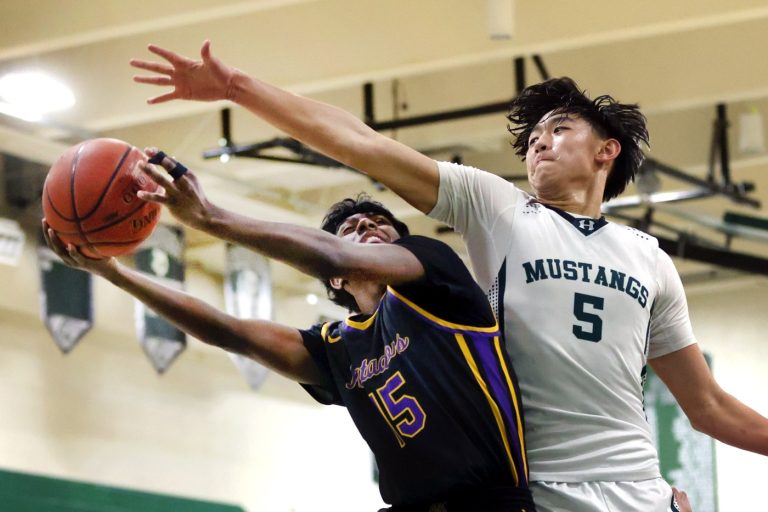The Hotline mailbag publishes weekly. Send questions to pac12hotline@bayareanewsgroup.com and include ‘mailbag’ in the subject line. Or hit me on Twitter/X: @WilnerHotline.
Please note: Some questions have been edited for clarity and brevity.
Had the Pac-12 stuck together, what would the 2024 football season look like? Who wins the conference? Who gets into the playoff? Who goes to a bowl game? — @draywilson29
This seems like the perfect topic to address two weeks before the conference’s official dissolution — a light, fun discussion before we turn an unrelenting gaze to the reality of the 2024 season.
So let’s venture into an alternate universe, where the Pac-12 remains intact entering the first season of the expanded College Football Playoff.
First thought: The quarterback play won’t match the obscene level we witnessed in 2023, leading to a noticeable downturn in success for the collective.
That state-of-affairs should lead to more parity, tighter games on a weekly basis and a deliciously chaotic stretch run.
The conference champion has an automatic bid to the CFP, with at least one and perhaps two teams contending for at-large berths.
Our projections for the conference race would look something like this:
1. Oregon: Absolutely loaded and national title threat.
2. Utah: Healthy and ready to demolish.
3. Arizona: Serious talent but lofty expectations.
4. USC: Better defense, worse offense.
5. Oregon State: With the Pac-12 intact, Jonathan Smith’s back.
6. Washington: Was 2023 the Huskies’ alternate universe?
7. Colorado: It’s all about the lines of scrimmage.
8. UCLA: New coach, same mediocrity.
9. Cal: Will the late 2023 momentum carry over?
10. Washington State: Playmakers in very short supply.
11. Stanford: Better but still challenged.
12. Arizona State: Also better but still challenged.
We envision Oregon and Utah playing for the conference title, with the winner, Oregon, earning a top-four seed in the CFP and bye into the quarterfinals.
The Utes sneak into the CFP as the No. 11 seed and play an opening-round game on the road against the No. 6 seed.
Arizona, USC, Oregon State and USC claim bowl bids, as would Colorado — a breakthrough for coach Deion Sanders that makes him a viable candidate to leave Boulder for the SEC.
That’s how we imagine the 2024 season playing out in a parallel universe where, over the course of years, Pac-12 presidents and commissioners make smart strategic decisions.
Is Big Ten commissioner Tony Petitti aware of how the College Football Playoff sites in the next two seasons favor the ACC and SEC? — Jon Joseph
I’m sure Petitti knows the terrain considering it’s essentially the same.
The bowls that played host to New Year’s Six games will form the CFP’s quarterfinal and semifinal rotation, and four of the six are in the ACC and SEC footprints: Orange (Miami), Peach (Atlanta), Sugar (New Orleans) and Cotton (Dallas).
What’s more, the national championship sites for the 2024 and 2025 seasons are Atlanta and Miami, respectively.
The postseason landscape has been, and remains, framed by climate. CFP officials view the fan experience as crucial. Other than Los Angeles, the Big Ten footprint cannot reasonably offer much more than slush at that time of year.
Are the major media networks really okay having just three markets west of Austin in the two major conferences? — @UtahFFL
Those three markets (Los Angeles, Seattle and Portland) are now, of course, part of the Big Ten.
Meanwhile, Phoenix, Salt Lake City and Denver are new home markets for the Big 12, while the massive Bay Area market has teams in the ACC.
Given that the networks played a central role in shaping conference membership, they should be content with the landscape for 2024 and beyond.
If the ACC crumbles (more on that below), both Fox and ESPN will assess how to deploy their cash.
If the ACC holds, we expect the new world order to remain in place until the end of the decade, when the Big Ten renegotiates its media deal and a new wave of realignment (likely) begins.
What’s your outlook on the ACC situation? It seems like Florida State and Clemson are leaving. What is the firewall plan to keep the remaining schools? — @Milkbear79
While the timing is unclear, two developments appear inevitable: Florida State and Clemson are leaving the ACC at some point in the next three-to-five years; and they won’t be alone.
For all the attention on the Seminoles and Tigers, the most coveted school in the ACC is actually North Carolina, which has a major basketball brand and first-rate academic reputation, plus millions of TV homes. Also, the Tar Heel State is not currently occupied by a member of the SEC or Big Ten.
If the Seminoles and Tigers extricate themselves from the ACC’s grant-of-rights contract with limited financial repercussions, UNC is sure to follow.
Could the ACC survive that triple whammy? No, because the second-tier schools (Virginia Tech, N.C. State, Louisville, Miami) would seek salvation elsewhere — hello, Big 12 — and there would be little remaining.
(We addressed realignment earlier this week with a look at SEC commissioner Greg Sankey’s remarks about expansion.)
Bottom line: Ignore all the chatter about Florida State and Clemson having no place to go.
If the ACC collapses, everything changes.
What would the new Pac-12 conference call itself? By the number of teams or the brand name? — @LAWomensHoops
If Washington State and Oregon State rebuild the conference, they likely would retain the “Pac” portion of the name. The number could change, although there are plenty of examples of ignoring membership size on conference names.
The Big Ten is the Big Ten despite having 18 teams because of the brand value developed over decades and the continued presence of the schools associated with the conference.
The Pac-12 lost its best-known schools but would be better served keeping tied to its past, whether it’s the Pac-8, Pac-12 or Pac-16.
My first ever question to you is about the Pac-12’s bowl affiliations: Let’s say Oregon’s record in the Big Ten puts the Ducks in line for the Citrus Bowl but their overall record puts them in line for the Alamo Bowl. Does Oregon get to choose? — Tom S.
The Pac-12 announced late last week that all 12 schools would participate in the bowls that have been affiliated with the conference.
And the Hotline reported on Thursday that overall record, not conference record, would determine the pecking order for selections.
In other words, the Ducks could not choose. They have only two postseason paths: The expanded CFP; or the Pac-12 bowl games, with overall record guiding the process.
That’s true for the other 11 schools, as well.
Some time ago, you said that Oregon State and Washington State would be Independent for baseball. Have the two schools made progress in setting up their baseball schedules for next year? — Dan C.
I don’t recall stating explicitly that the OSU and WSU baseball programs would become Independents, but no matter.
The Beavers have, in fact, selected that path for the 2025 season, while the Cougars will compete as a member of the Mountain West.
Neither school has posted its 2025 schedule.
What’s going to generate more interest, ‘Pac-2’ news or the Paris Olympics? — @MrEd315
We have entered a dead period, so to speak, for Washington State and Oregon State as they plot a course for the future.
By this time next summer, the ‘Pac-2’ must have selected a home for the fall of 2026 and be deep in negotiations for a media rights deal.
The only other option, as we proposed weeks ago, would be to seek a waiver from the NCAA that extends their grace period from two years to three.
Related Articles
Pac-12 bowls will use overall record to determine pecking order
Realignment: SEC’s Sankey talks “16” as ACC issues loom for Fox, ESPN
Before the Pac-12 disappears: Our picks for each school’s basketball Mt. Rushmore (players and coaches)
New Pac-12 bowl partnerships for 2024-25 are the same as the old Pac-12 bowl partnerships (despite realignment)
Before the Pac-12 disappears: Our picks for the greatest players in conference history (the all-time team)
In that scenario, the ‘Pac-2’ could exist until the summer of 2027, giving WSU and OSU more time to monitor the landscape and potentially take advantage of realignment moves in the ACC or Big 12.
At what point do we drop the “student athlete” title for our new world of sports? — @zacyourback
The Hotline hasn’t referred to them as “student athletes” in years, with one exception: If the description is part of a direct quote from a college sports official.
That said, we would approve of the term “athlete student.”
Did last week’s Big 12 football media days give you the air of a conquered state? The Pac-12 always claimed Las Vegas as its own, and it was a huge Big 12 success. Will you be there next year? — @mlondo856
The Hotline didn’t attend the event because of a vacation scheduled long before the dates were announced. (While unfortunate timing, the vacation was my first in years and desperately needed.)
As a result, I cannot offer an opinion on the “air,” although several reports indicated it was a roaring success.
That said, these mid-summer football media extravaganzas have limited shelf life. The priority for the Big 12 in college football’s new era is clear: Produce a compelling on-field product this fall.
It’s the only way to combat the narrative that the conference is a second-class citizen compared to the SEC and Big Ten. (The ACC faces a similar challenge.)
And yes, the Hotline plans to attend next summer.
*** Send suggestions, comments and tips (confidentiality guaranteed) to pac12hotline@bayareanewsgroup.com or call 408-920-5716
*** Follow me on Twitter/X: @WilnerHotline
*** Pac-12 Hotline is not endorsed or sponsored by the Pac-12 Conference, and the views expressed herein do not necessarily reflect the views of the Conference.












